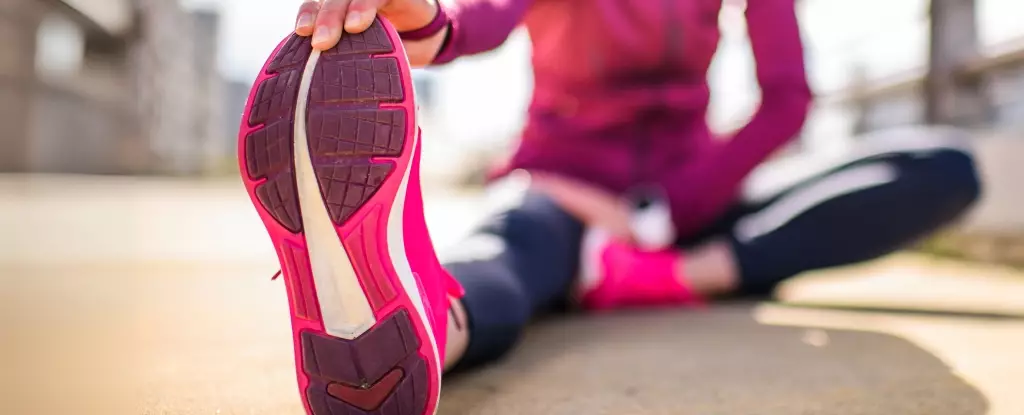Flexibility is not just a desired trait for athletes or dancers; it is an essential component of physical health that impacts our daily lives. Whether you are reaching down to tie your shoes, twisting to grab something from behind you, or simply standing up from a seated position, proper flexibility allows us to perform these actions with ease and reduces the risk of injury. This article delves into the concept of flexibility, common stretching practices, and the science behind improving it effectively.
Flexibility refers to the ability of joints to move through their full range of motion. It plays a crucial role in supporting various athletic endeavors while also contributing to the functional capacity we rely on in our everyday activities. As we age, maintaining an adequate level of flexibility becomes even more critical for preserving our independence and reducing the chance of falls or injuries. Lack of flexibility, often characterized by discomfort or limitations in movement, can lead to muscle strains or tears, which can be particularly troubling for older adults or those engaging in physical activities.
Among the various methods to improve flexibility, static stretching is perhaps the most recognized technique. This form of stretching involves elongating a muscle and holding it in a position for a designated period—typically ranging from 15 to 60 seconds. One commonly referenced static stretch is placing one leg on an elevated surface and bending forward to target the hamstrings. Such stretches are integral to creating immediate and lasting gains in flexibility, but questions often arise regarding optimal stretching techniques and durations.
Recent research has shed light on this important topic. A comprehensive analysis of numerous studies gathered data from thousands of adults worldwide, aiming to determine the most effective practices for enhancing flexibility. The findings suggest that holding a stretch for approximately four minutes in a single sitting yields optimal immediate benefits. If sustained flexibility improvements are desired, individuals are encouraged to dedicate around ten minutes of stretching weekly. Notably, this can be broken up into shorter sessions rather than requiring consecutive stretching.
An important consideration in the stretching discussion is whether the intensity of the stretch influences its effectiveness. Interestingly, the findings from the research indicated that the degree of discomfort experienced during stretching does not significantly alter the outcome—both gentle and intense stretches can yield positive results. This means that whether you prefer to stretch deeply into discomfort or opt for a milder approach, the key takeaway is that commitment to stretching plays a more vital role than the intensity level.
For those striving to increase flexibility, the frequency of sessions can range widely. The essential guideline is to allocate up to ten minutes a week for each muscle being stretched. Therefore, individuals with tighter muscles may need to invest more time, whereas more naturally flexible individuals can meet their needs with shorter durations. Ultimately, it’s crucial to listen to your body and develop a stretching routine that suits your personal flexibility goals.
One of the most appealing aspects of static stretching is its versatility. Unlike many other fitness practices, stretching can be performed in virtually any environment without the need for specialized equipment. Whether you approach your stretching routine in front of a television, during a break at work, or even as a post-walk relaxation exercise, incorporating it into your day can be seamless.
Common stretches, such as forward bends for the hamstrings or standing quad stretches, are easy to perform without much setup. Increasing your flexibility doesn’t require extensive training or commitment to a gym; you can begin with simple stretches that target those areas of tension in your body.
While general stretching advice is beneficial, working with a qualified healthcare professional, such as a physiotherapist or an exercise physiologist, can provide personalized insights. These experts can assess your particular flexibility constraints and help design a bespoke stretching plan tailored to your needs. Such guidance is invaluable for setting realistic goals and tracking progress over time.
Enhancing flexibility isn’t merely about achieving athletic prowess; it is a vital aspect of overall health and well-being. With an understanding of effective stretching practices, combined with a willingness to make flexibility a priority, everyone can find success in this endeavor, regardless of age or fitness level. Achieving improved flexibility may not require extensive effort, but it does demand commitment and consistency—a journey entirely worth embarking upon.


Leave a Reply